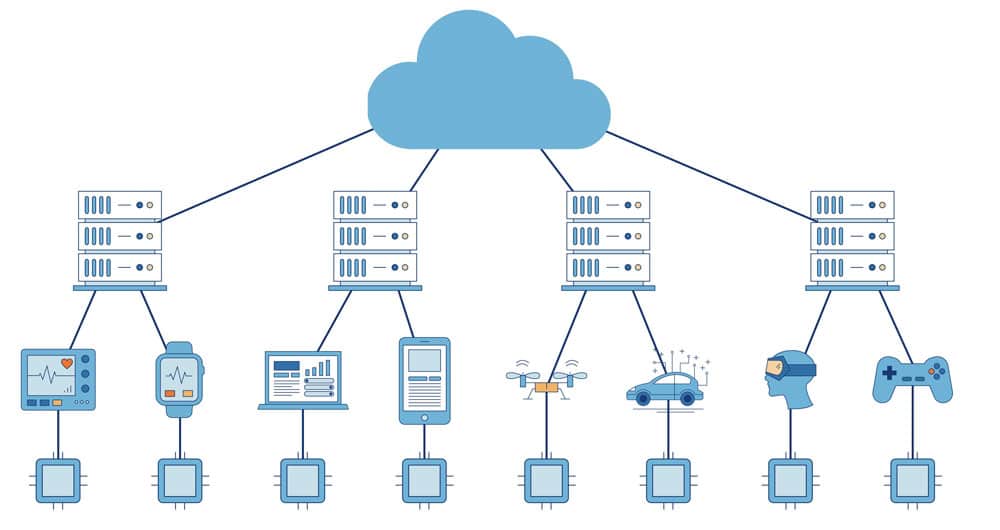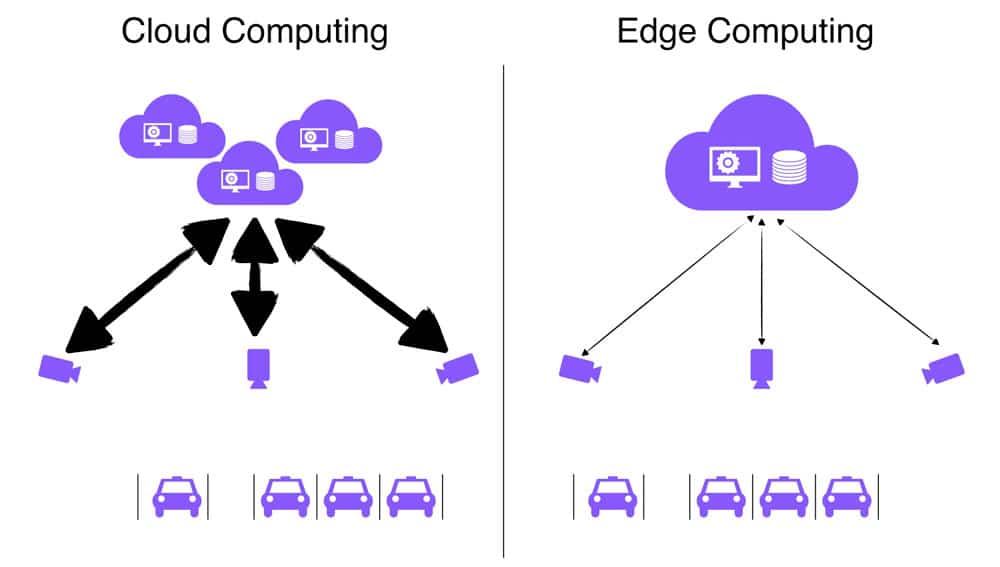IoT: Shifting Clouds To Edge Computing
It has been more than a decade for consumers and enterprise technology of taking leverage of the cloud services. However, as the new technology is arising such as 5G, IoT (Internet of Things), autonomy, real-time analytics, companies are seeking elsewhere for meeting their computing needs.
As we are moving towards a smarter world, where more and more devices are connecting to each other, the data is also gathering more quickly. As a result, there is a demand from the cloud services provider for a new approach, especially for time-critical processing in those applications where a split-second is essential. Now, even the cloud services companies, as well as users, are moving towards Edge computing and IoT (Internet of Things) portfolio services. Many giant IT companies are investing billions of dollars in the edge computing technology which move processing and intelligence closer to the point of need.
What is Edge Computing?

As the collected data is getting upsurge day by day, it has become vital to find an efficient way of sorting, analyzing, and processing the collected data. Here, edge computing comes in the introduction. Edge computing decentralizes the processing power and enables mobile computing & Internet of Things technologies. It is an open IT architecture that is highly distributed.
Here, the epithet “edge” means geographical distribution. It is done near or at the source of data rather than relying on cloud services. Also, it doesn’t mean the cloud will disappear. It means the cloud is coming to you. Let’s understood the concept of edge computing by a simple example of a self-driving car.
For the safety of other people and vehicles on the road, it requires to observe the road in real-time and stop if there is a person in front of the car. In such cases, visual data processing, and then the decision is made at the edge, using edge computing. You can consider one more scenario of an industrial boiler. Suppose the boiler is overheating. Now it is not realistic to expect that the data will make a round trip to the cloud for the decision making to happen. The decision should be quick and at the site for shutting down the boiler before any disaster occurs.
How it is different?
Edge computing differs from the traditional distribution of computing as it is linked to (Internet of Things)Internet of Things devices like remote sensors, tablets, smartphones, etc. Without edge computing, complete data would be sent to the cloud for processing and analyzing before being returned. But with edge computing, firstly the data will be scrutinized then analyze at the production site, and thereafter only relevant date would be sent to the cloud. By 2020, nearly half of the world’s data will be stored and processed on the edge of the network, or perhaps even closer than this.
Read more: At What Point Should a Website Look for Cloud Hosting Service
Edge Computing Advantages:

There are numerous advantages to Edge computing. Some of the main advantages are:
- Quicker response with very low latency as the data processing is at the site of origin
- Complete privacy protection by anonymizing the data at the edge.
- Reduce the requirement of high bandwidth network
- Easily available
- Lower costs vis-à-vis cloud computing services.
Cloud Computing Vs. Edge Computing:

Talking about cloud vs. edge, the main underlying difference is of data processing, mechanism. Currently, the centralized servers process the data of existing Internet of Things systems within the cloud. However, the same is not true for edge data. So edge computing is best for that operation in which extreme latency matters. Thus, MSMEs which have financial limitations can use edge computing for saving financial resources. On the other side, cloud services are ideal for projects & organizations which deal with massive data storage.
In terms of security, edge computing requires a robust security plan involving advanced auth methods and proactively tackling attacks while cloud services require less of a robust security plan. Many organizations suit the amalgam of both cloud and edge computing. As this hybrid approach proliferate, the software and devices will become smarter.
What an organization should do to prepare for edge computing?
By 2022, 75% of enterprise-level data will be created and processed outside the traditional centralized cloud. Therefore an organization should prepare by following these steps:
- Find emerging digital requirements by developing a strategy that includes edge computing
- Identify skills and changes in operation required for future projects
- Create & prepare teams for edge computing by analyzing the required skill sets, training, and hiring when needed.


 sales@amplework.com
sales@amplework.com
 (+91) 9636-962-228
(+91) 9636-962-228





